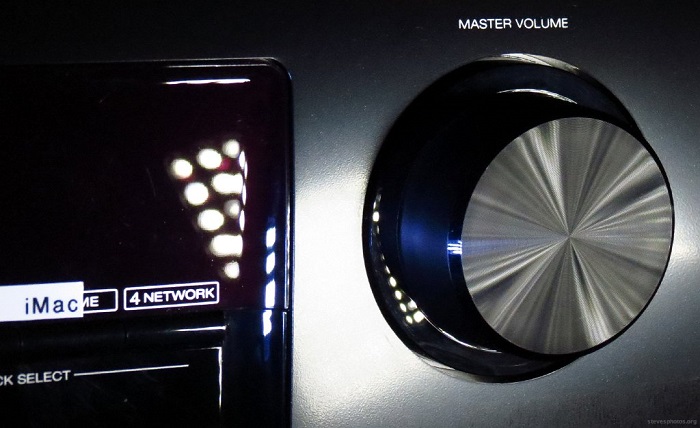
Master Volume: The Ultimate Guide
Master volume is a term used in audio engineering to describe the overall loudness of a sound signal. It is the final control in the audio chain, and it affects the output level of all other audio signals in the system. Master volume is often used in conjunction with other volume controls, such as channel volumes, to create the desired mix.
Master volume is an important concept to understand for anyone who works with audio, whether you are a musician, producer, or engineer. By understanding how master volume works, you can better control the loudness of your audio and create a more professional and polished sound.
How Master Volume Works
Master volume works by attenuating the signal level of all audio signals in the system. This is done by using a variable resistor, which is a component that can change its resistance. The higher the resistance, the more the signal level is attenuated.
Master volume is typically controlled using a knob or slider. When you turn up the master volume knob, you are decreasing the resistance of the variable resistor, which allows more of the signal to pass through. This results in a louder output level.
Master Volume vs. Channel Volume
Master volume is often confused with channel volume. However, the two are different concepts. Channel volume controls the loudness of individual audio channels, while master volume controls the loudness of all audio channels in the system.
For example, if you are mixing a song, you might use channel volumes to adjust the loudness of the vocals, drums, and bass guitar. You would then use the master volume to adjust the overall loudness of the song.
Master Volume in Different Audio Systems
Master volume is used in a variety of audio systems, including:
- Stereo systems: Master volume is used to control the overall loudness of the speakers in a stereo system.
- Home theater systems: Master volume is used to control the overall loudness of the speakers in a home theater system.
- Musical instruments: Master volume is often used on electric guitars and other musical instruments to control the overall loudness of the instrument.
- Computer audio systems: Master volume is used to control the overall loudness of the speakers or headphones connected to a computer.
Using Master Volume Effectively
Here are a few tips for using master volume effectively:
- Use it to create the desired mix: When you are mixing audio, use master volume in conjunction with channel volumes to create the desired mix.
- Avoid clipping: Clipping occurs when the signal level is too high and the audio waveform is distorted. To avoid clipping, make sure that the master volume is not set too high.
- Use a limiter: A limiter is a device that can prevent clipping from occurring. If you are concerned about clipping, you can use a limiter to protect your speakers or headphones.
Master Volume and Hearing Safety
Hearing loss is a serious problem that can be caused by exposure to loud noise. It is important to be aware of the risks associated with loud noise and to take steps to protect your hearing.
One way to protect your hearing is to be mindful of the master volume level. Avoid setting the master volume too high, especially when you are listening to audio for extended periods of time.
Conclusion
Master volume is an important concept to understand for anyone who works with audio. By understanding how master volume works, you can better control the loudness of your audio and create a more professional and polished sound.




